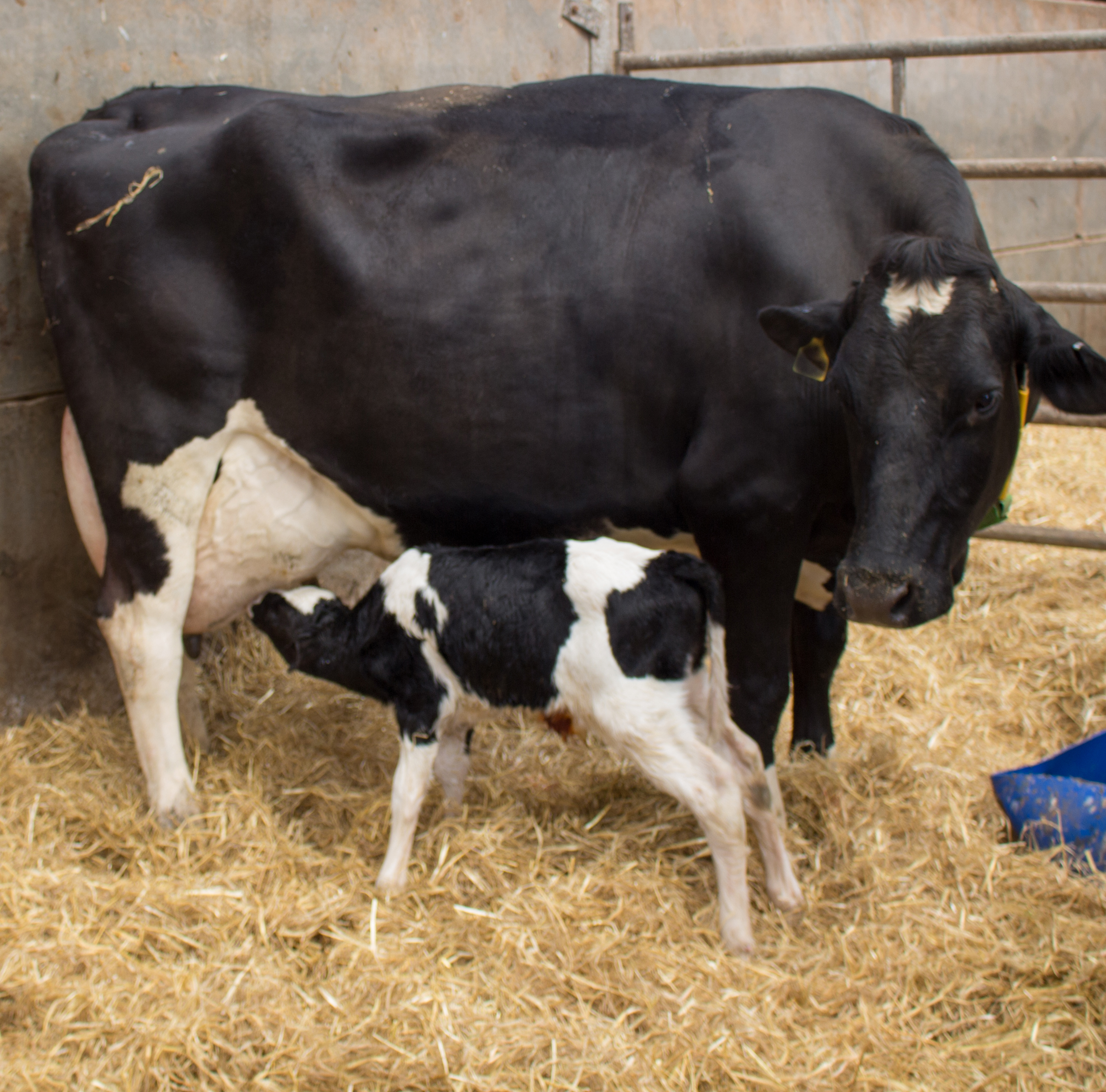Researchers reported on an 11-year study of MAP transmission in 6 commercial dairy herds in the UK. Their Open Access publication appears in the October 2023 issue of Preventive Veterinary Medicine. The study is novel for its length and detailed analysis of MAP transmission. The findings largely support what has previously been reported and helps focus producers and veterinarians on the best control measures.

ABSTRACT
Johne’s disease (JD) is a chronic disease of ruminants endemic in the UK and other countries and responsible for large economic losses for the dairy sector. JD is caused by Mycobacterium avium subspecies paratuberculosis (MAP), which typically infects calves that remain latently infected during a long period, making early detection of infection challenging. Cow to calf transmission can occur in-utero, via milk/colostrum or faecal-orally. Understanding of the different transmission routes to calves is important in informing control recommendations. Our aim in this longitudinal study was to measure the association between the transmission routes via the dam and the environment on a calf subsequently testing serologically positive for MAP. The study population comprised of 439 UK dairy calves from 6 herds enrolled between 2012 and 2013. These calves were followed up from birth until 2023. At birth individual calf data was captured. During follow-up, individuals entering the milking herd were quarterly tested for the presence of MAP antibodies using milk ELISA. Cox regression models were used to measure the association between exposure from the dam (in-utero and/or colostrum) or from the environment (long time in dirty yard) and time to first detection of MAP infection. An association between calves born to positive dams and probability of having a MAP positive test result remained after excluding potential MAP transmission via colostrum (Hazard ratio: 2.24; 95% CI: 1.14 – 4.41). Calves unlikely to be infected with MAP via the in-utero or colostrum route, had 3.68 (95% CI: 3.68 1.45–9.33) higher hazard of a positive test result when they stayed longer in a dirty calving area. The effect of the dam infection status on transmission to calves precedes the dam’s seroconversion and persists after excluding the potential role of transmission via colostrum . The association between time spent in a dirty calving area and probability of a MAP positive test result highlights the role of environmental contamination as a source of infection in addition to the dam.
COMMENTS
This study is a noteworthy contribution to understanding the epidemiology of MAP infections in commercial dairy herds. The findings are consistent with those from other countries and the article provides a concise list of pertinent references. While this scientific publication is rather technical in nature, due to the nature of the statistical analysis, the “take home messages” are clear:
- MAP infection risk is partly driven by the dam’s infection status.
- Calves from infected dams have higher MAP infection risk, regardless of dam’s test status at calving.
- Spending prolonged time in a dirty yard increases the risk of MAP infection.
- Dam’s impact on MAP risk extends beyond colostrum transmission.
- MAP persistence in commercial dairy herds results from a combination of dam-related and environment-related factors.